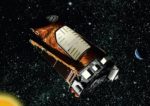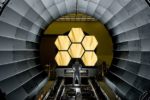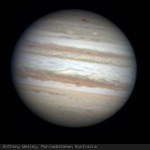NASA Fails To Fully Recover Kepler Telescope, Thinking New Mission
International space agency NASA’s space telescope Kepler has been hunting Earth-like planets in space since it reached there. Although NASA expected that Kepler would work fine until 2016, malfunction occurred. Since then NASA had been trying to solve the issues. But last Thursday the agency confirmed that it failed to “fully recover Kepler spacecraft” and now is planning “new missions” instead Kepler.







